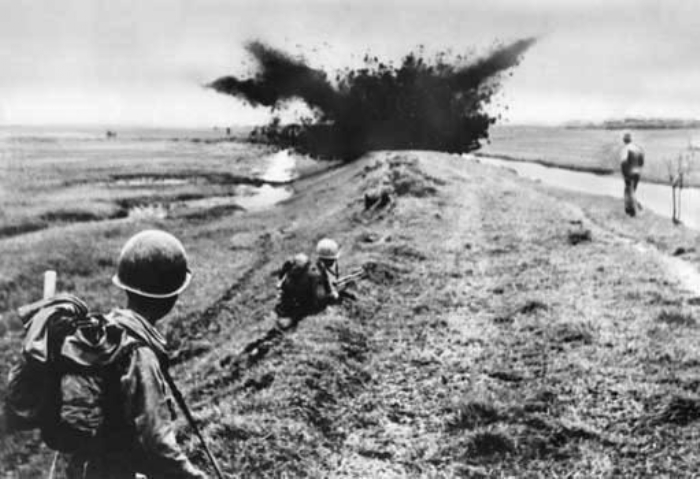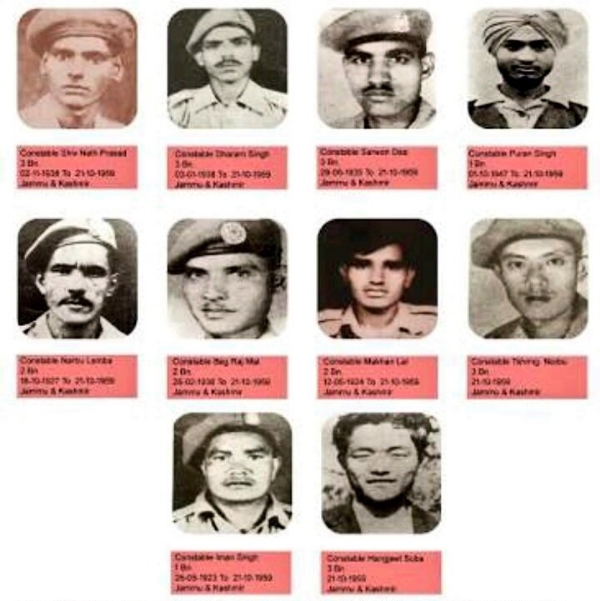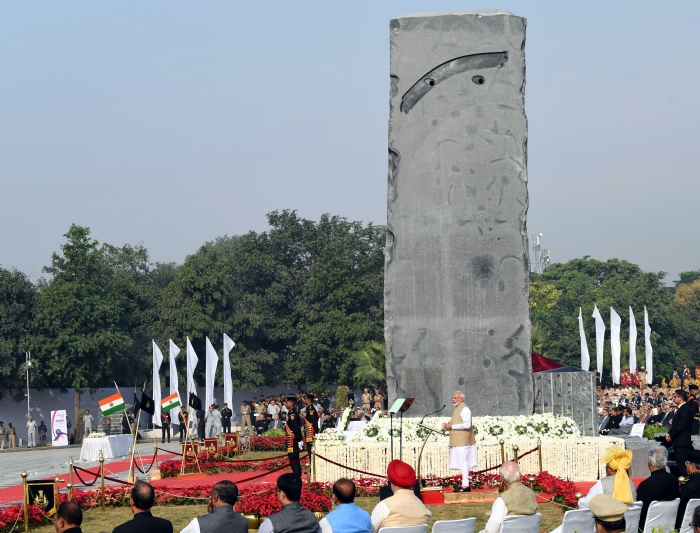The Tale of 21 October 1959…
|
In the year 1959, the relationship between India and China was nearing the point which history books would not forget. China started constructing a highway across Aksai Chin which would connect Tibet and Sinkiang. According to ‘Indian Foreign Policy’ penned by Priya Chacko, this highway entered the parts of Ladakh; and China neglected to inform and ask permission for such construction.

Another tension arose with the uprising in Tibet. Dalai Lama sought refuge in India and China accused us of interfering in their internal affairs. During this time, China claimed that the border that separates Arunachal Pradesh is a result of British aggression and hence, illegal; and that Aksai Chin is under Chinese jurisdiction.
On the background of these delicate situations, India’s northern-most part with temperature ranging from -3 to -17degree Celsius, Aksai Chin was often patrolled. On 21 October 1959, a group from the Intelligence Bureau and Central Reserved Police Force led by Shri Karam Singh, DCIO, were patrolling the area when around mid-day they were attacked by People’s Liberation Army. The patrol party was heavily outnumbered when the Chinese army opened fire and threw grenades.

This led to ten Indian Policemen losing their lives and seven being captured by Chinese. After five weeks of this ambush, China returned the bodies of the martyrs on 28 November 1959.

In January 1960, the day 21 October was decided to be observed as Police Commemoration Day in all police lines across India. It was agreed that this day would mark the memory of the gallant men who were killed in Ladakh and all other police personnel killed on duty during the year.

In 2018, PM Narendra Modi inaugurated the National Police Memorial in New Delhi. It occupies an area of 6.12 acres and consists of a 30-foot tall black granite central sculpture, and a museum. The 'Wall of Valour' bears the names of 34,844 police personnel who sacrificed their lives while discharging their duties.
We salute our police force for their strength, courage and sacrifices.
